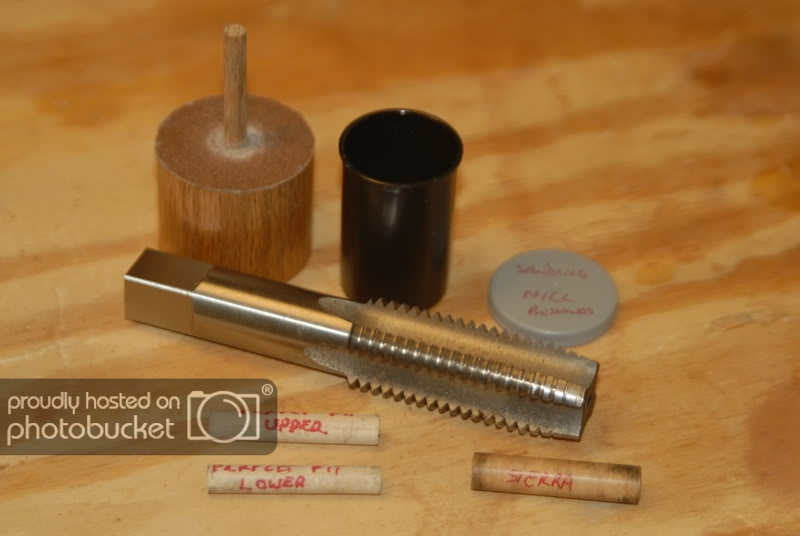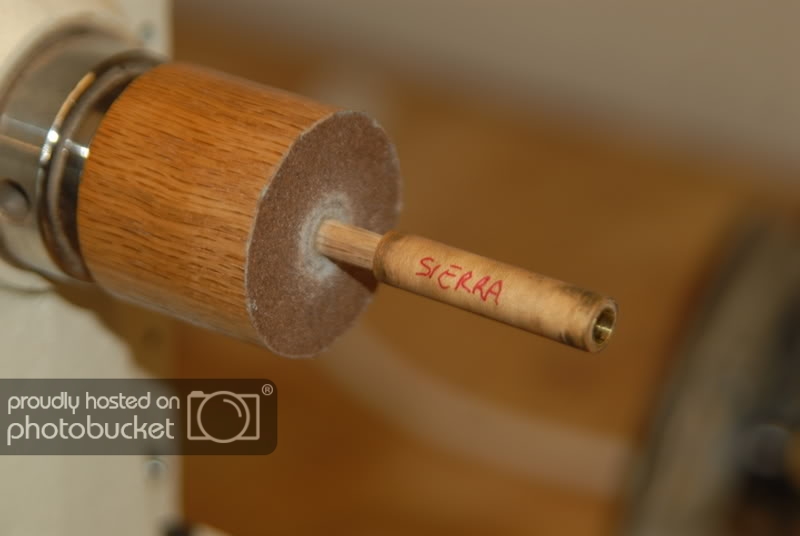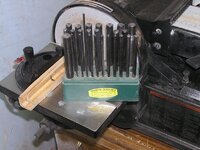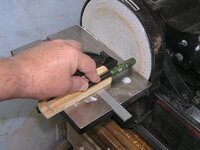wizical
Member
so I have been running into problems with barrel trimming on my Delta Disc Sander. It seems that they come out uneven. what is the best way to do it? Any Advice would be greatly appreciated.
My setup includes a miter gauge that is setup 90 degrees to the sander, '
I cant seem to figure out why they come out uneven. Thanks again for the help.
My setup includes a miter gauge that is setup 90 degrees to the sander, '
I cant seem to figure out why they come out uneven. Thanks again for the help.







